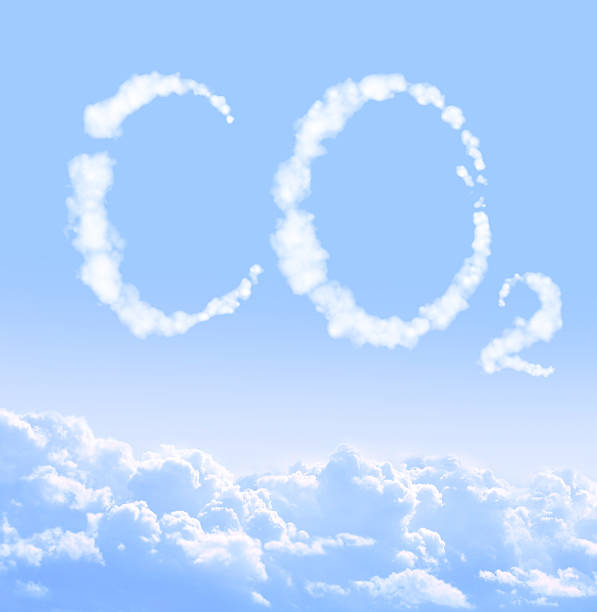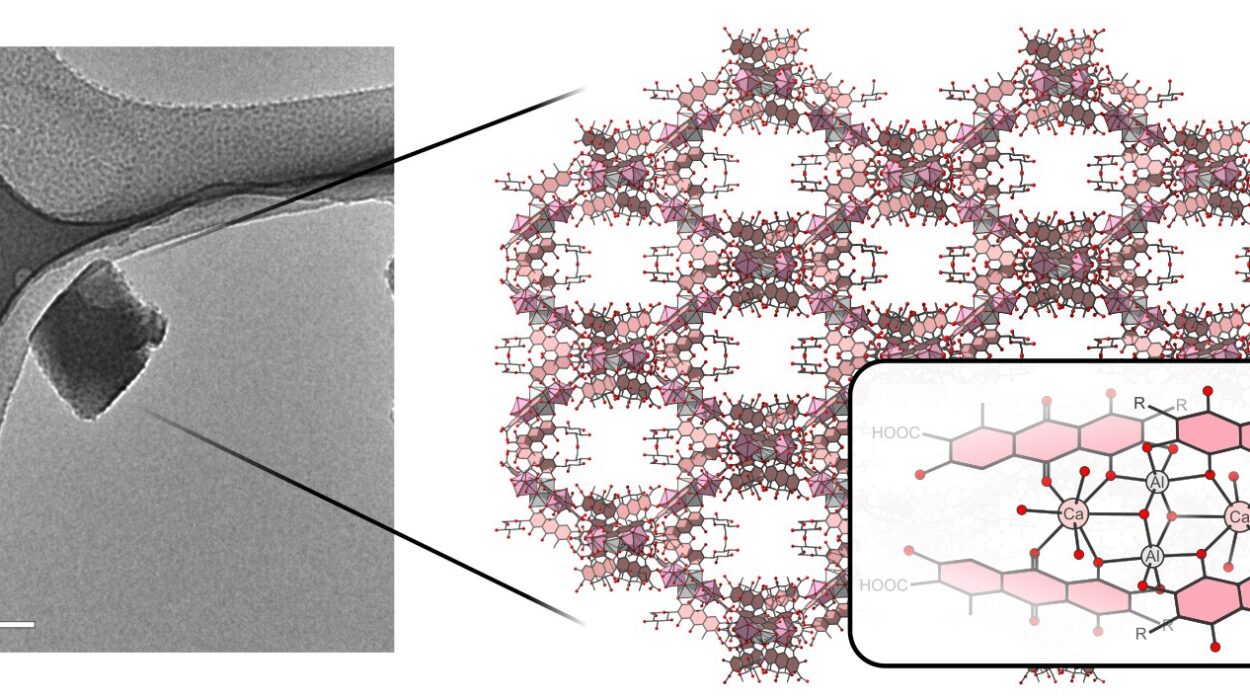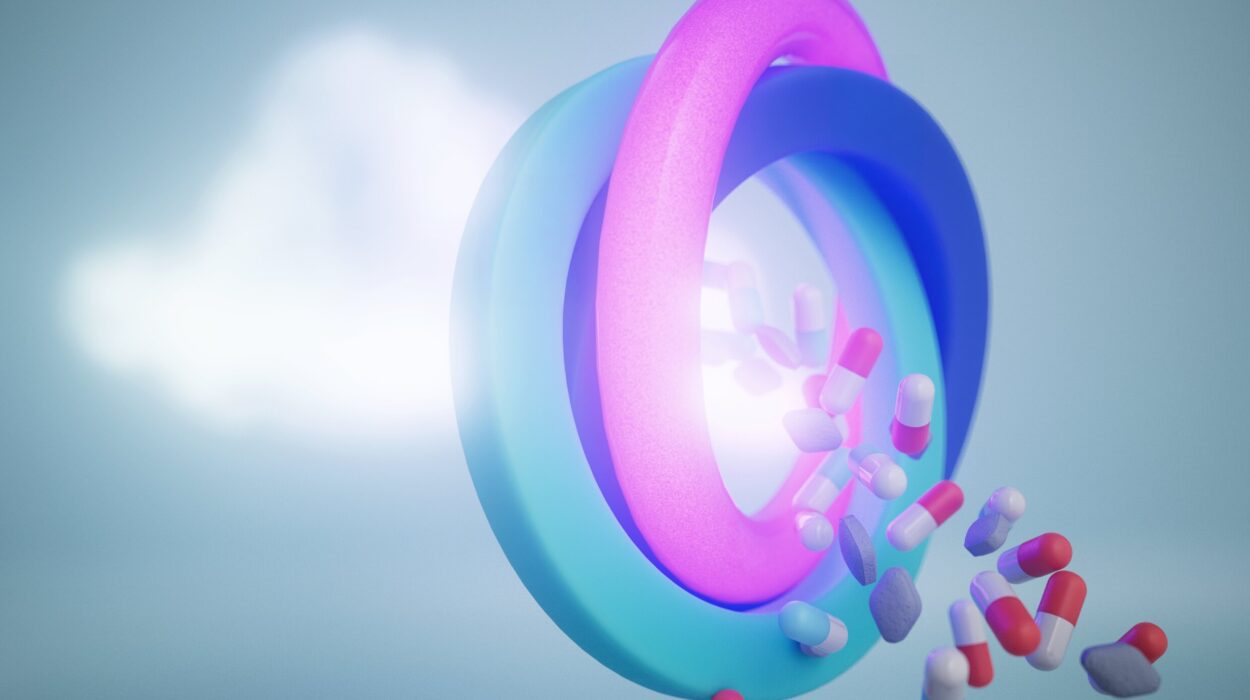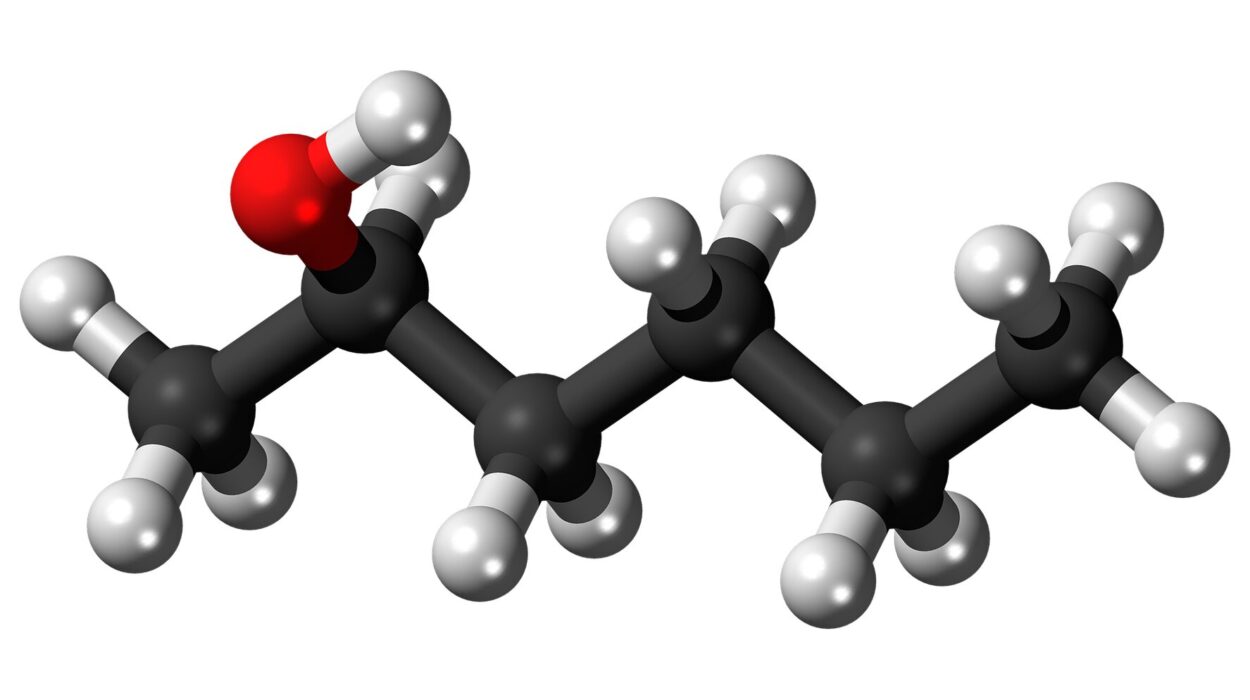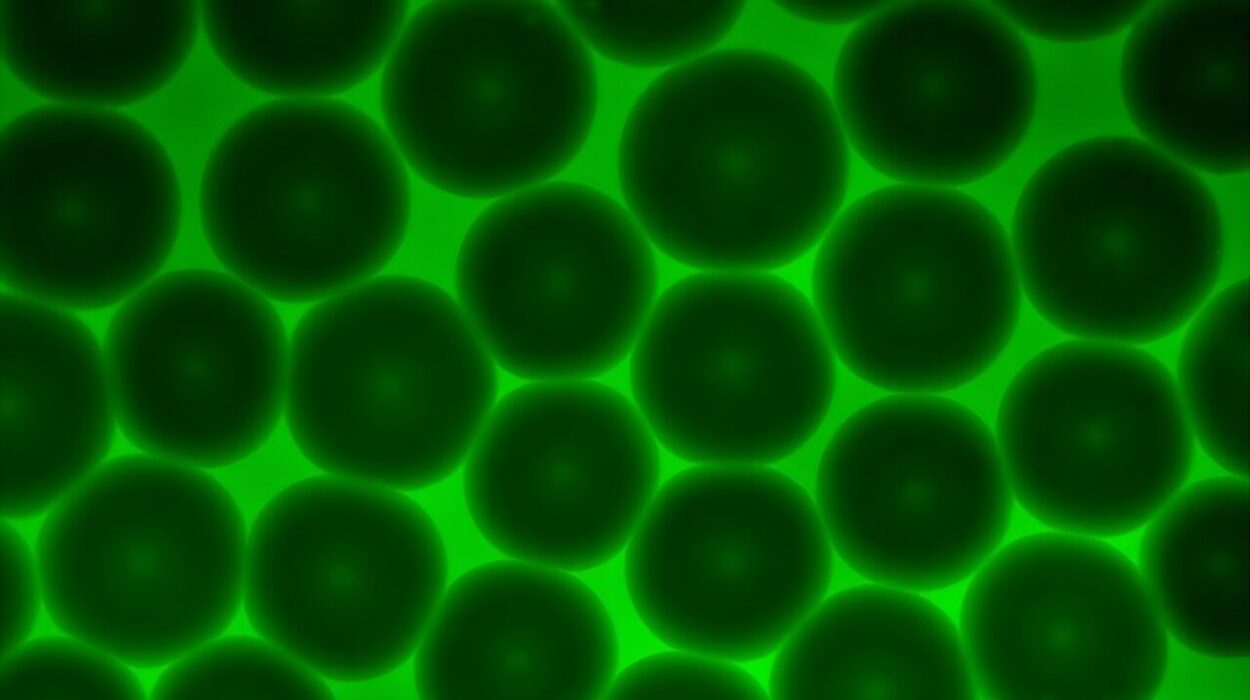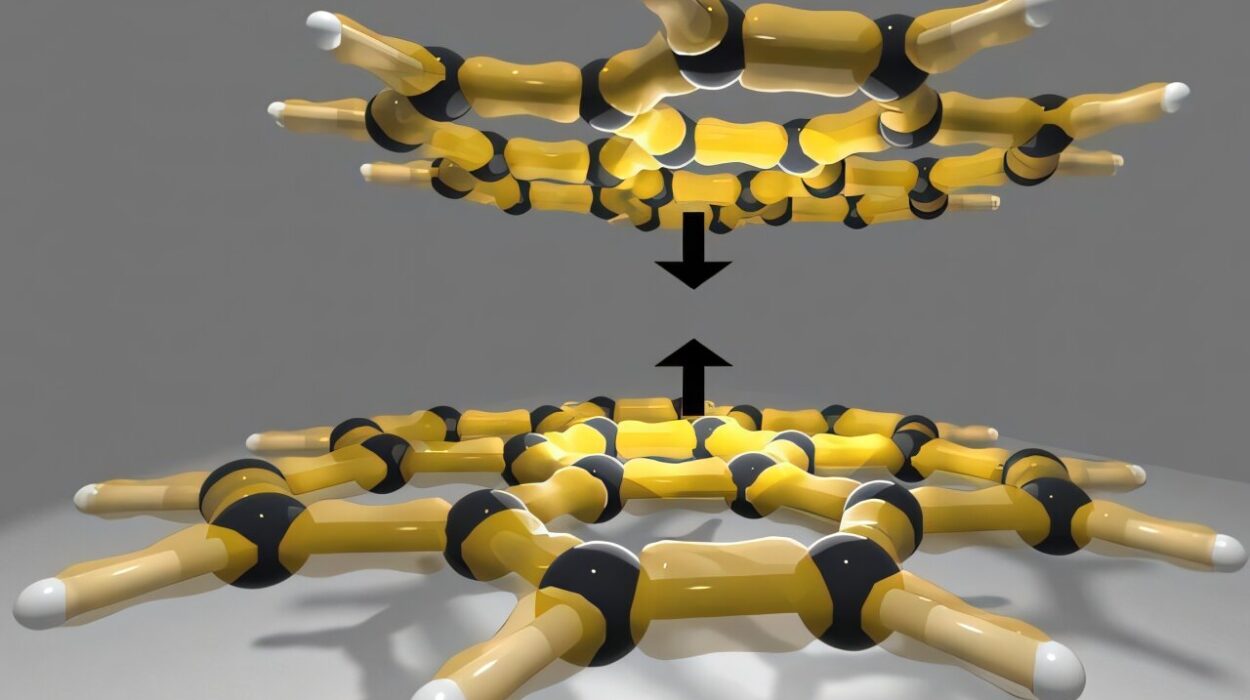When most people think of gas separation, they imagine a process of capturing what’s needed while leaving the rest behind. For years, scientists have designed membranes that selectively attract certain gases to enhance efficiency. The idea is simple: the membrane binds to the desired gas, drawing it in while letting other gases slip away. But what happens when the attraction is too strong? What if the membrane, in its eagerness to grab the gas, actually slows things down?
This conundrum took center stage in a groundbreaking study published in Science Advances, which challenges everything we thought we knew about gas separation. The researchers, led by Professor Haiqing Lin at the University at Buffalo, uncovered a surprising discovery that flips traditional thinking on its head.
Lin, a professor of chemical and biological engineering, explained, “It’s very counterintuitive, and it challenges traditional thinking in gas separation science.” Their research reveals a critical flaw in membranes designed to attract certain gases—sometimes, that attraction can be so strong that it effectively locks the gas in place, slowing its movement and making the separation process far less efficient than expected.
This breakthrough centers on carbon dioxide (CO2) and a specialized membrane made of crosslinked polyamines, a polymer known for its affinity for CO2. In both experimental and simulated environments, the researchers found that this membrane did an excellent job at binding to CO2—perhaps a little too well. Rather than allowing the gas to pass through as anticipated, the membrane’s powerful attraction actually inhibited CO2’s movement, creating a bottleneck in the separation process.
A Moment of Clarity: Could This Be a Hidden Opportunity?
As puzzling as this discovery was, it sparked a curious thought in Lin and his team. If this membrane could bind so tightly to CO2, what would happen if they applied it to the task of separating hydrogen from CO2—a critical challenge in industrial processes, especially in the pursuit of cleaner energy sources?
Hydrogen is one of the most sought-after gases for use in clean energy fuel cells. Yet, in many industrial settings, it’s often mixed with CO2, a byproduct that needs to be separated to purify the hydrogen. Could the membrane that was slowing CO2’s passage through it also be the solution to separating hydrogen more effectively?
The team dove back into their experiments, and the results were nothing short of remarkable. The crosslinked polyamine membrane achieved a record-breaking selectivity rate of 1,800. This means that the membrane allowed hydrogen to pass through 1,800 times more easily than CO2. To put that into perspective, selectivity rates for similar membranes in the past hovered around 100—a dramatic difference.
Leiqing Hu, the study’s first author and former postdoctoral researcher at UB, now an assistant professor at Zhejiang University in China, was stunned by the breakthrough. “Before this work, the best selectivity rates were around 100,” he explained. “So this really sets new benchmark in terms of performance.”
The membrane’s extraordinary ability to selectively allow hydrogen to pass through while blocking CO2 sets an entirely new standard for gas separation, opening up exciting possibilities for the future of clean energy technology. But that’s not all—it turns out this membrane has other remarkable properties that could revolutionize industrial processes.
A Game-Changing Solution for Industry
The membrane made from crosslinked polyamines isn’t just highly selective—it’s also incredibly versatile. It can be crafted into industrial thin-film composite membranes, making it suitable for large-scale commercial applications. In addition, it has a self-healing property, which means that even if the membrane experiences damage, it can repair itself and continue functioning at peak performance. This is especially important in industrial settings where wear and tear are inevitable.
But perhaps most importantly, this membrane remains stable under extreme conditions, something that’s crucial when dealing with the harsh environments often found in industrial chemical separations.
Kaihang Shi, a co-author of the study and assistant professor of chemical and biological engineering at UB, pointed out that this development could have far-reaching implications for the future of industry. “Industrial chemical separations presently require a tremendous amount of energy, up to 15% of global energy consumption,” Shi noted. “That’s why membranes like this, due to their energy efficiency and absence of chemical wastes, are critically important to reducing carbon emissions and supporting cleaner industrial processes.”
By improving the efficiency of gas separation, the new membrane could significantly reduce the energy required for industrial chemical processes, cutting down on both energy consumption and carbon emissions. In a world increasingly focused on sustainability, innovations like this are more than just technological advances—they’re critical steps toward a cleaner, greener future.
Why This Research Matters
At first glance, the idea that a membrane could slow down gas flow rather than speeding it up seems like a setback. But in science, sometimes the most surprising discoveries are the ones that pave the way for entirely new solutions. This research is a perfect example of how challenging conventional wisdom can lead to breakthroughs that drive progress in unexpected directions.
The ability to efficiently separate hydrogen from CO2 could have major implications for clean energy production, particularly in the context of hydrogen fuel cells, which are seen as a key component in the transition to sustainable energy. Hydrogen is a clean-burning fuel, and separating it efficiently from CO2 could make it more accessible and cost-effective, helping to accelerate the adoption of hydrogen-based energy solutions.
Moreover, the energy savings and environmental benefits of this new membrane are substantial. By cutting down on the energy required for gas separation, this technology could help reduce the global carbon footprint of industrial processes. It’s a rare example of scientific research that has the potential to address both technological challenges and environmental issues at the same time.
This work demonstrates how sometimes, the most unexpected results—like a membrane that works too well—can unlock entirely new possibilities. And in the world of science, it’s often the most counterintuitive discoveries that lead to the most profound changes. With this breakthrough, the researchers have not only opened up a new chapter in gas separation science but also set the stage for a cleaner, more sustainable future.
More information: Leiqing Hu et al, Sabatier principle in designing CO2-philic but blocking membranes, Science Advances (2025). DOI: 10.1126/sciadv.adz2830
